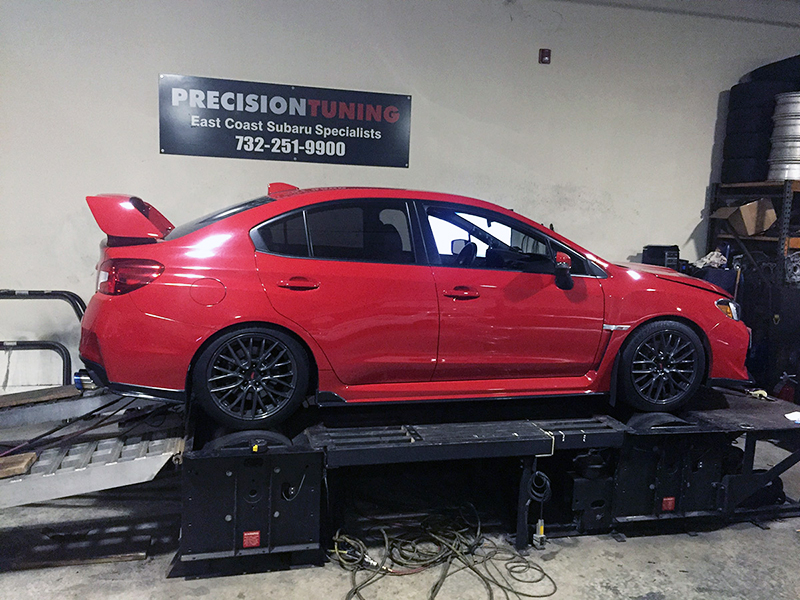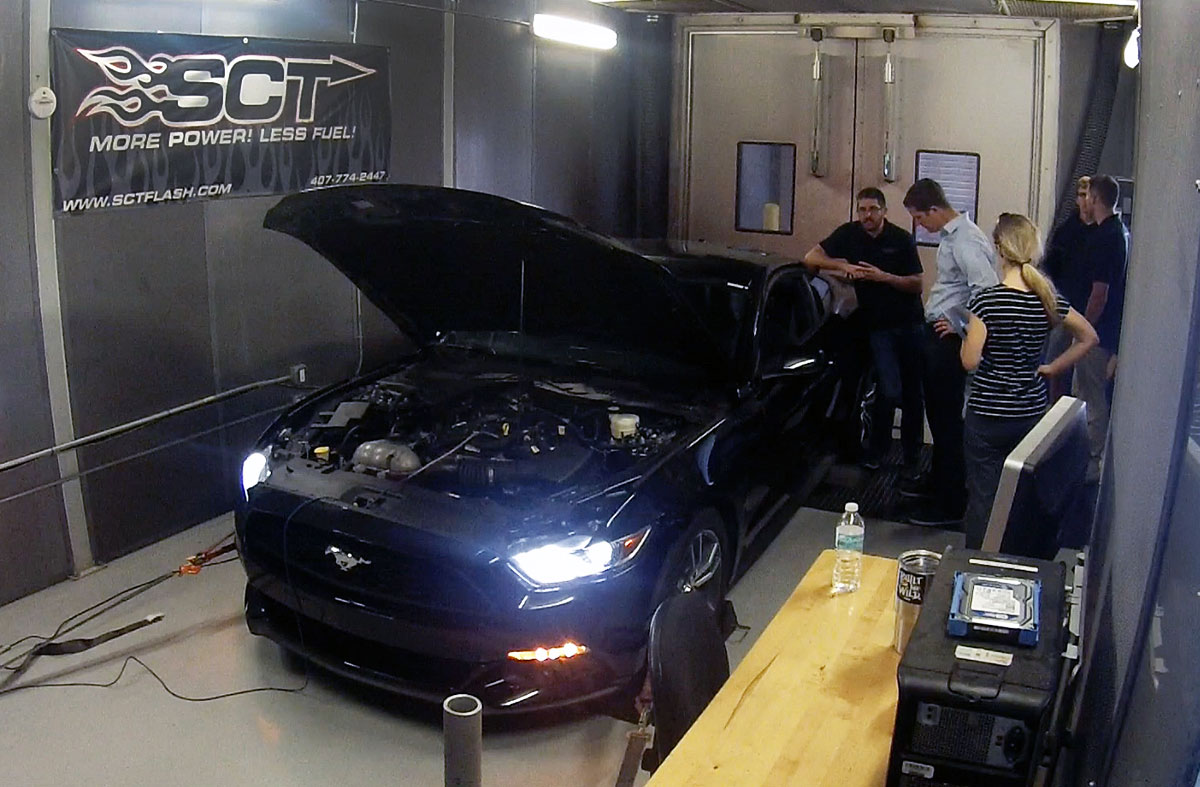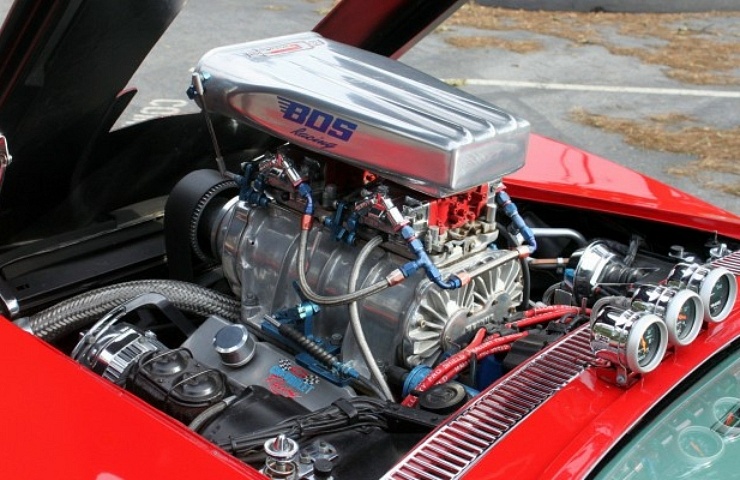What Is Horsepower?
As new types of vehicle propulsion enter the marketplace—including battery-electric and hydrogen vehicles—it’s a good idea to recall how gasoline and diesel-powered engines once supplanted horses. Literal horse power was once the standard of getting work done, whether on horseback, via buggy, or with draft horses on a farm.
Just as we’re all learning how new vehicles (with electric motors measured in kilowatts) compare to those powered by fossil fuels, we once had to compare new-fangled machinery to magnificent four-legged beasts. So, the word “horsepower” entered the lexicon.

2015 WRX STi perched on Precision Tuning’s AWD DynoJet
Engineer James Watt needed to sell his steam engines to skeptical farmers and others who were used to working with horses. He devised a formula to compare the two. Thus, a two-horsepower motor can do the work of—you guessed it—two horses.
Watt became the namesake of the industry standard term for work—the watt. You likely have a 60-watt lightbulb in your house somewhere, for example. One horsepower is listed at around 740 watts.
Measuring Engine Horsepower vs. Brake Horsepower
Precise measurement of power output requires a device called a dynamometer—dyno for short. A dynamometer applies a force to the engine and the force returned by the engine is measured and calculated. That force is typically applied by a braking system on stationary platform with rollers.
Thus the term brake horsepower, because the horsepower is measured with a brake. The engine horsepower vs. brake horsepower question is answered when the rubber meets the (rolling) road on the dyno.

A Ford Mustang on the dynamometer at SCT.
It is called brake horsepower (bhp) whether it is measured at the flywheel of the engine, or at the wheels.
By contrast, engine horsepower is the power generated by the engine without any load on it. It’s more of a theoretical figure, because an engine not connected to anything—in other words, not doing any work—is basically useless.
In conversation, most people use the words horsepower and brake horsepower interchangeably. Automakers typically refer to horsepower in marketing materials meant for the general public, even when referencing brake horsepower.





